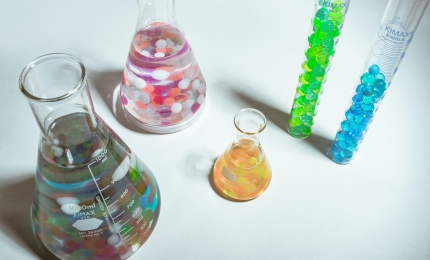Find us on...
The Convention on International Trade in Endangered Species of Wild Fauna and Flora (CITES) is an international agreement with the aim of ensuring that international trade in specimens of wild animals and plants does not threaten their survival. The Convention protects vulnerable species, which are listed on "CITES Appendices" from being excessively traded and exploited unsustainably in the wild, as their extinction would have severe ecological, social and economic consequences. CITES contains three Appendices, each offering a different level of protection. The red panda, the giant salamander and the Bornean orangutan are all examples of animals listed in Appendix I of CITES, where trade is only permitted in exceptional circumstances. Rare orchid and cycad species and monkey puzzle trees are examples of plant species listed on Appendix I.
Practically, trade of species listed on Appendix II of CITES is controlled by means of a permit system. All import, export and re-export of species covered by the Convention is authorised through a licensing system.
Several natural ingredients used in cosmetics are listed under CITES. Some examples include the following, but this list is not exhaustive:
- Orchids
- Caviar
- Cacti
- Certain aloe species
- Rosewood oil
- Agarwood oil
- Black tree fern
The Species+ website contains information on all species that are listed in the Appendices of CITES.
Trade in the raw material itself, but also trade in a cosmetic product or bulk formulation containing the raw material are all subject to CITES requirements. However, in a few cases, the CITES Appendix II entry for a species may contain a note exempting finished cosmetic products packaged and ready for retail trade from CITES permit requirements.
The UK is a signatory to CITES in its own right. Therefore, CITES requirements will continue to apply after the UK leaves the EU. However, if no deal is achieved between the UK and EU, the UK will become a third country with respect to the EU and so there will be a significant change regarding movement of cosmetic products containing CITES-listed species between the UK and the EU after Brexit.
In the EU, CITES is implemented via the EU Wildlife Trade Regulations, which set requirements for trade in certain species within, to and from the EU and the rest of the world. Currently, this means that movement of CITES-controlled goods can occur between the UK and EU without the need for permits. Following the UK's exit from the EU, movement of all species controlled under CITES between the UK and the EU will no longer take place freely. Import, export and re-export permits will be required.
Therefore, companies currently moving products, which contain CITES-listed species, only within the EU will face a new requirement for permits after the UK's exit from the EU. Permit applications can be made by post or online to the UK Government's Animal and Plant Health Agency's Centre for International Trade (APHA). During the application process, the permit application paperwork may be sent to the scientific authority at the Royal Botanical Gardens at Kew for assessment.
Trade in CITES goods between the UK and the EU can currently be done through any UK port or airport due to free movement within the EU. In the event of leaving the EU without a deal, this will not be the case and specific ports and airports of entry and exit will be designated for the import and export of CITES goods.
Currently there are just 10 ports and airports for CITES trade with countries outside the EU but this will be increased to 29 in the event of a No Deal scenario, including Eurotunnel, Dover and Holyhead. Further information on the new list of CITES designated ports may be found at this link.
Further advice and information may be found on the Government's Department for Environment, Food and Rural Affairs (DEFRA) webpage.












